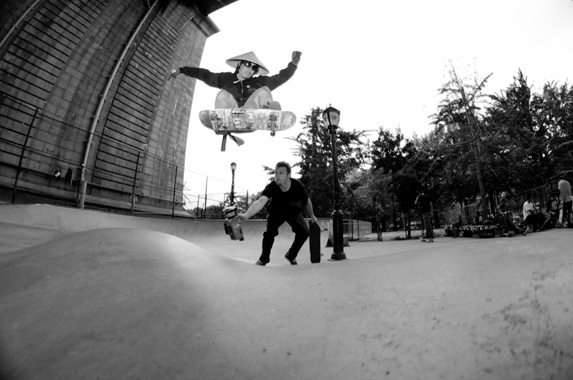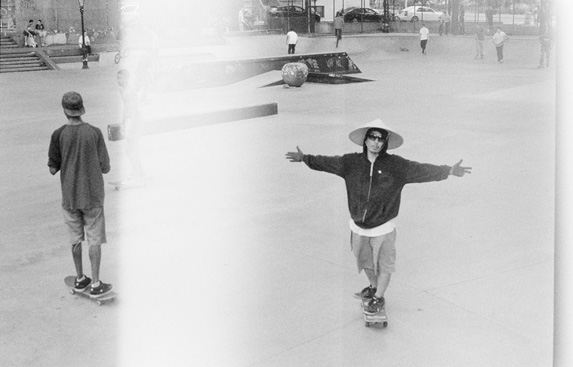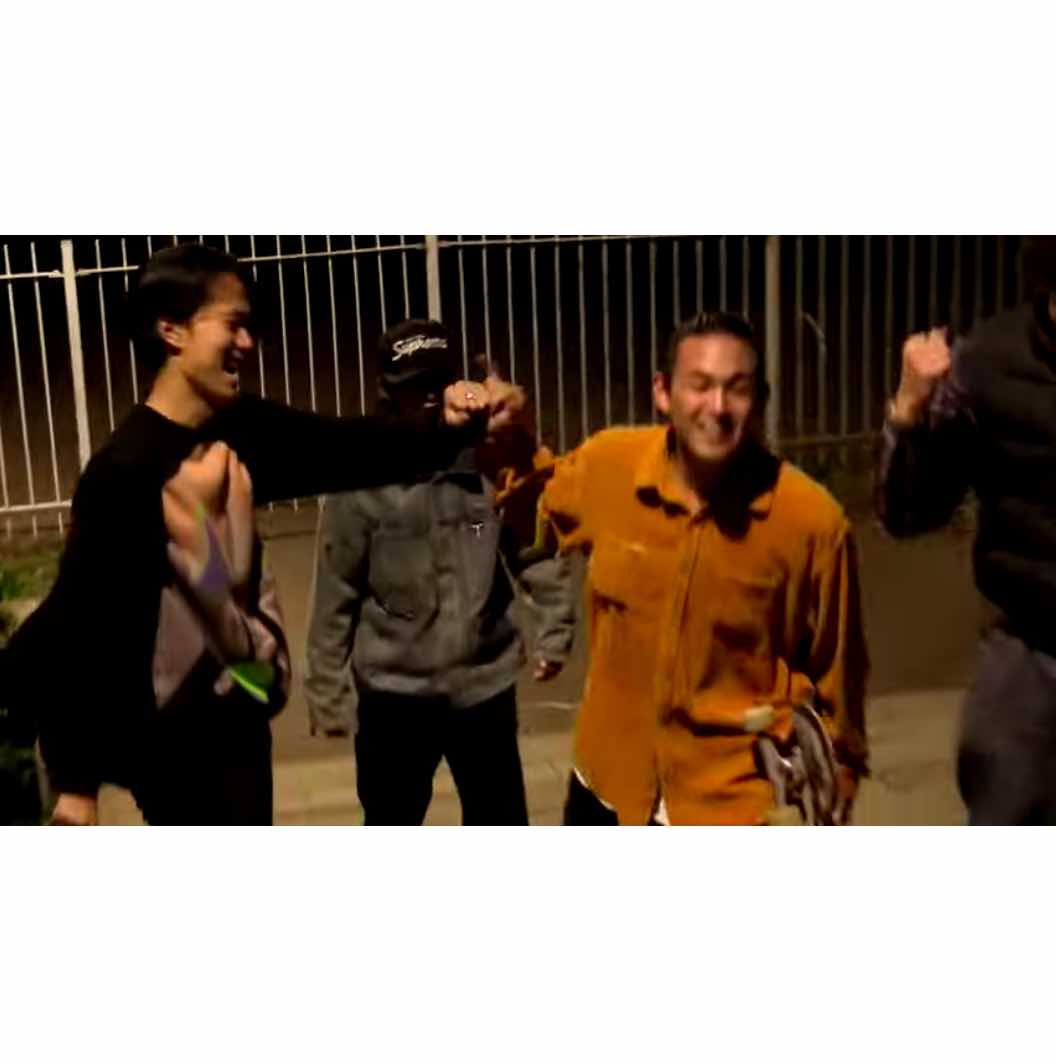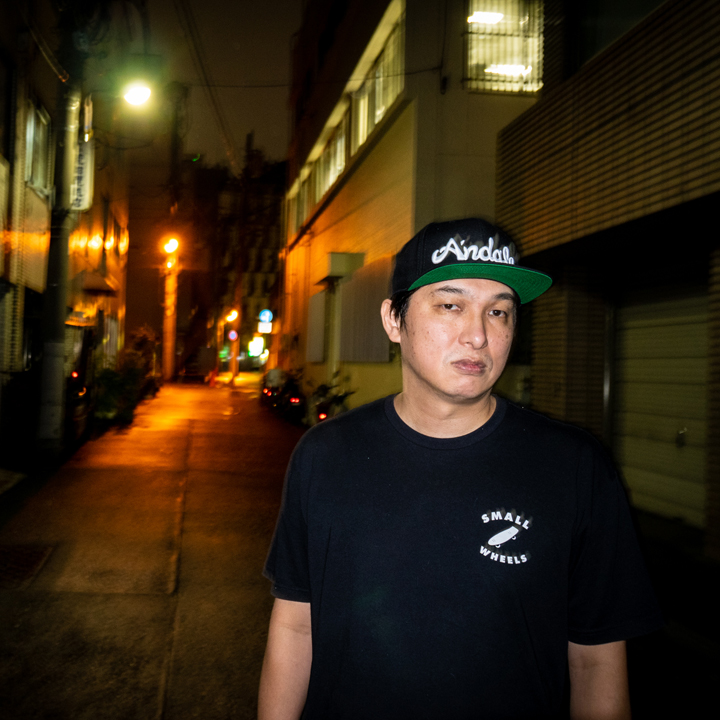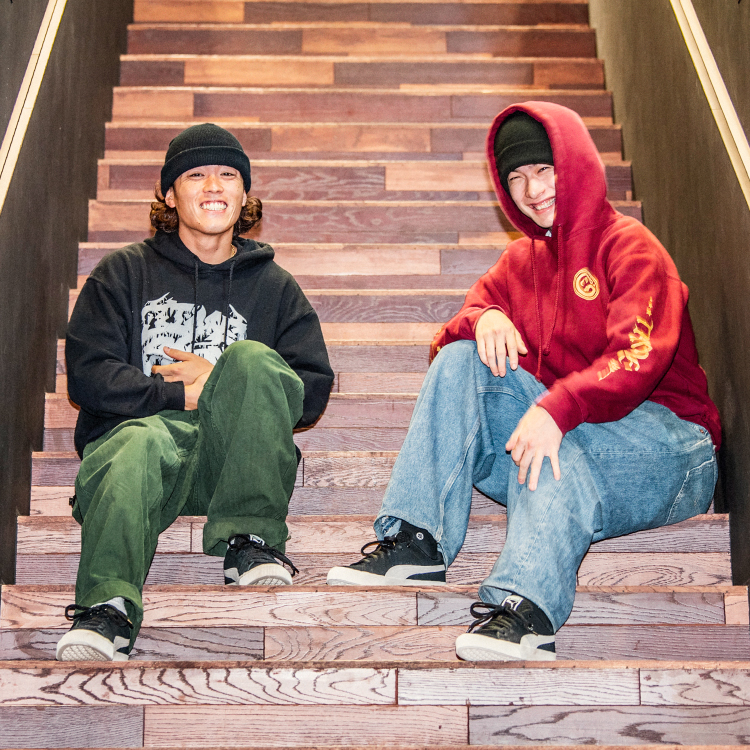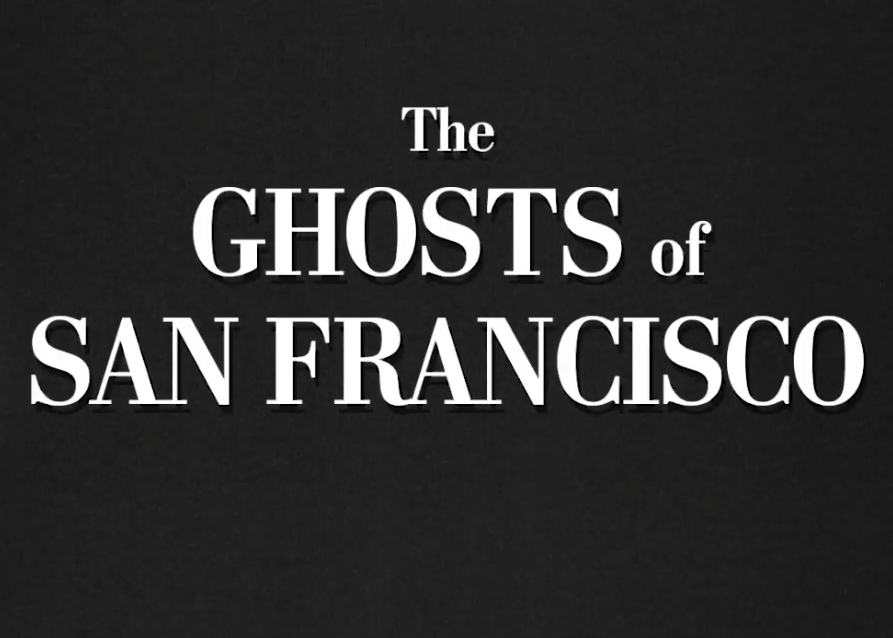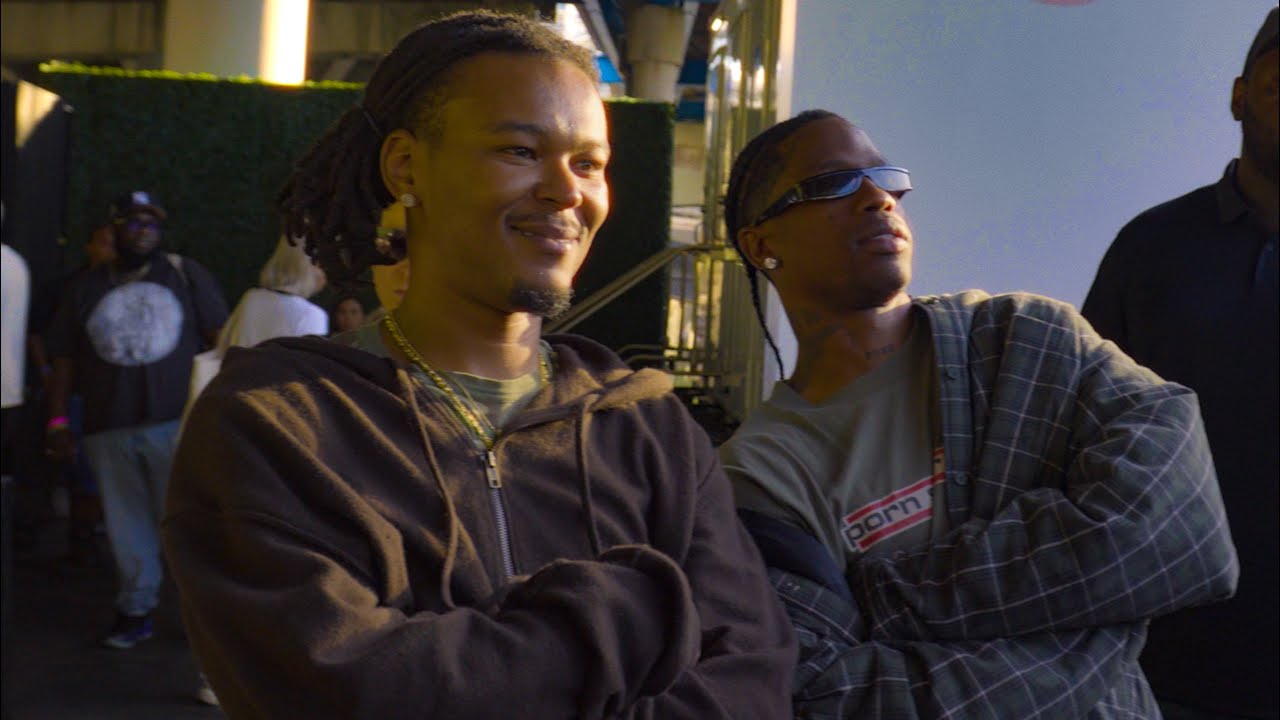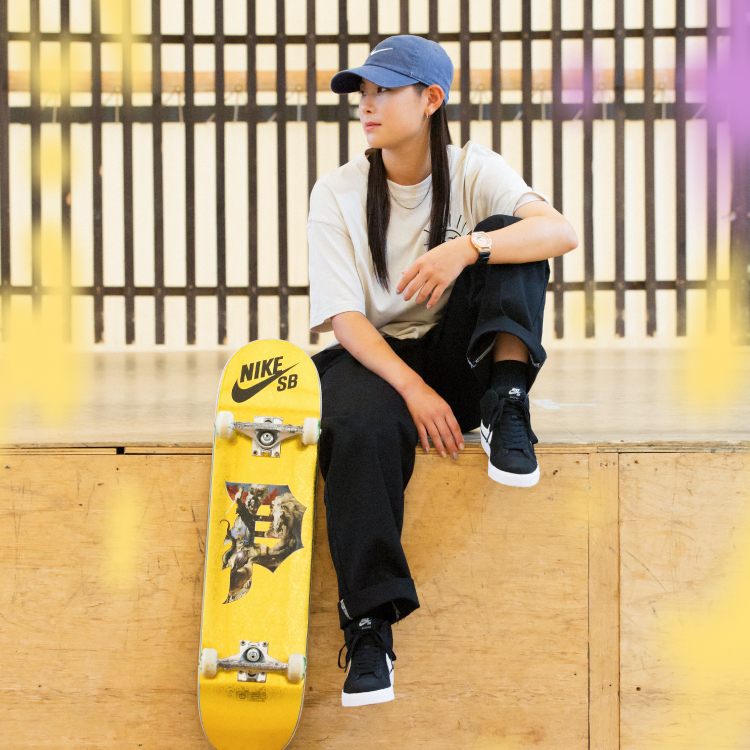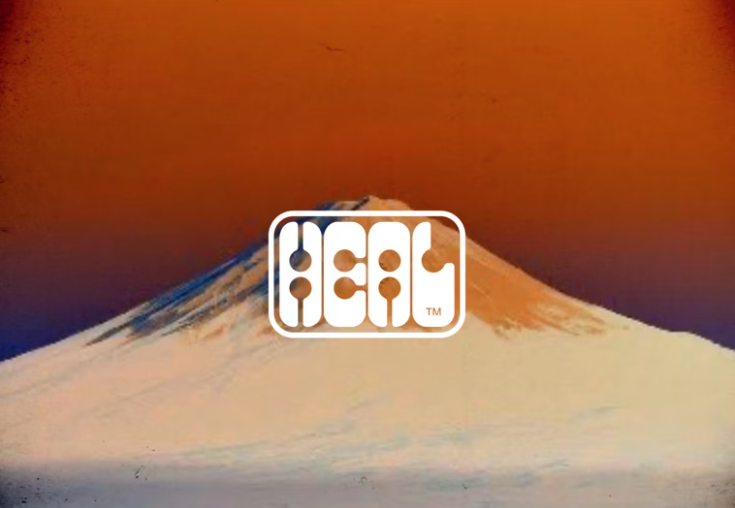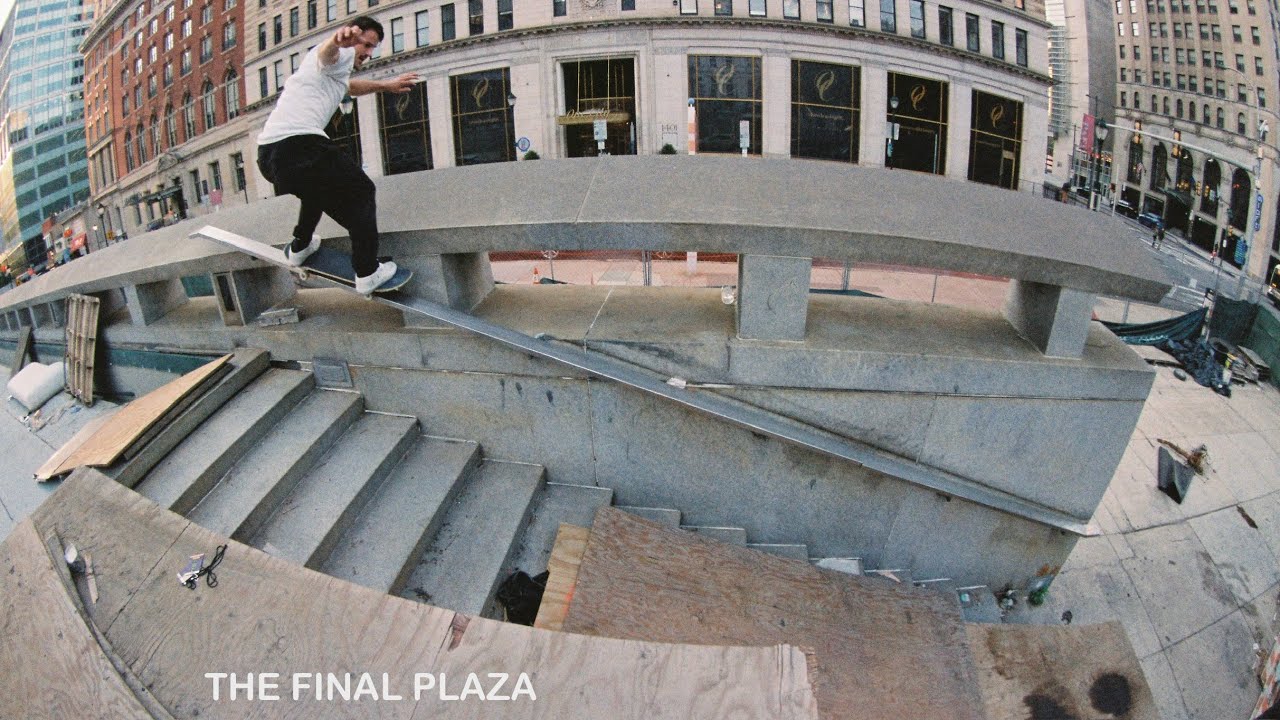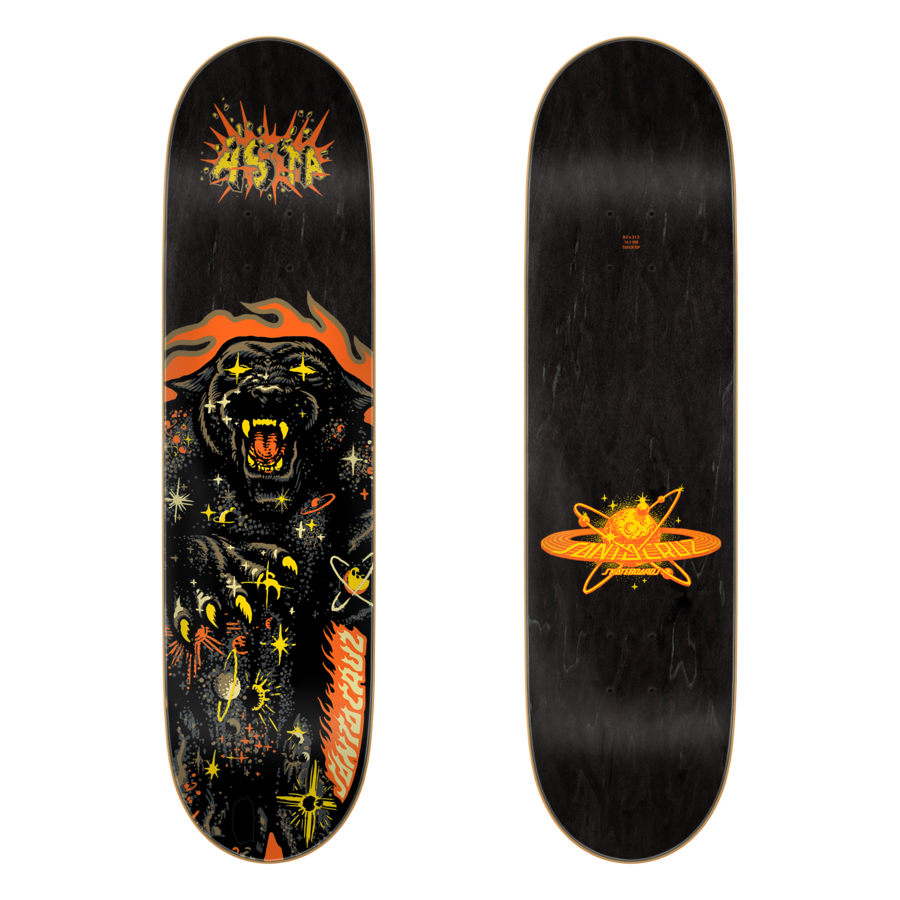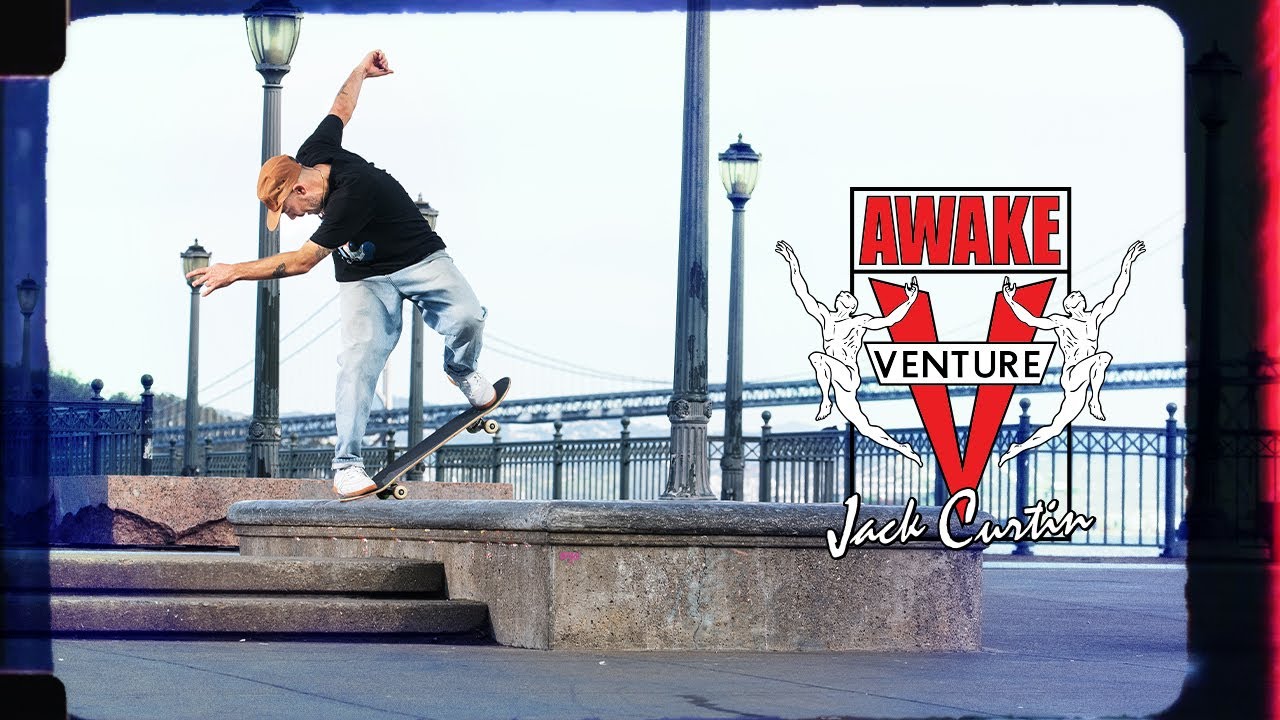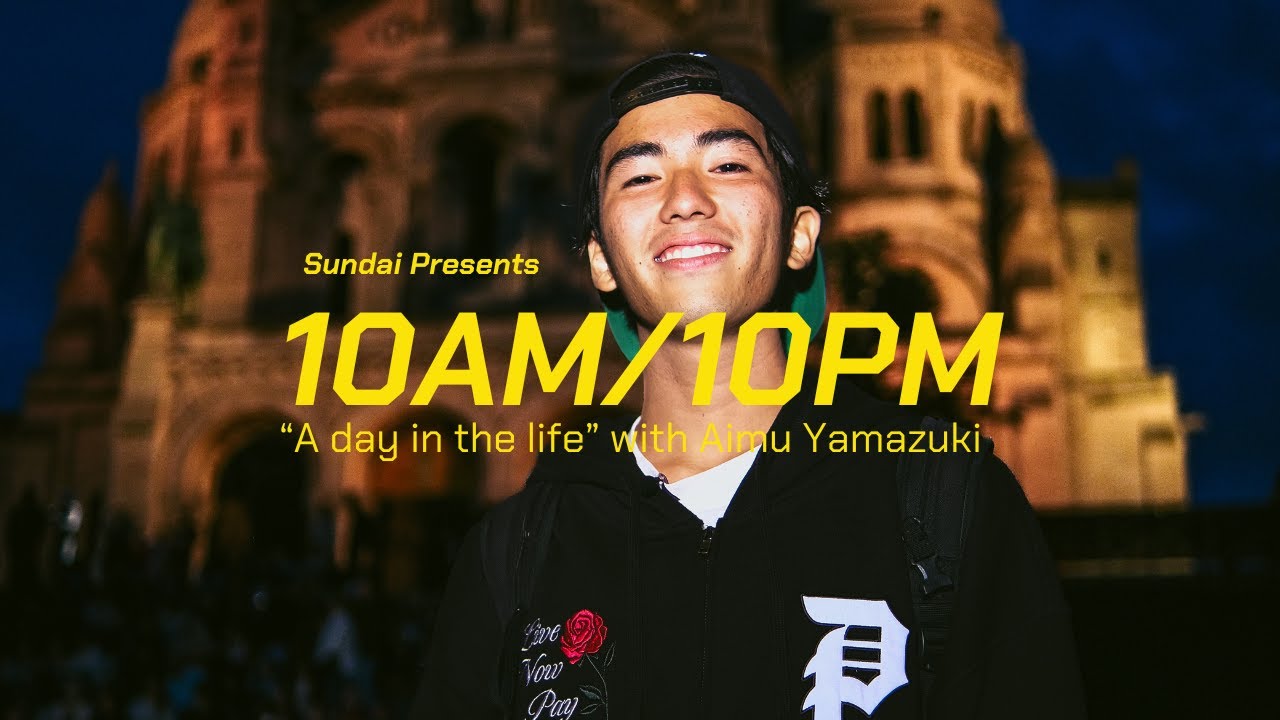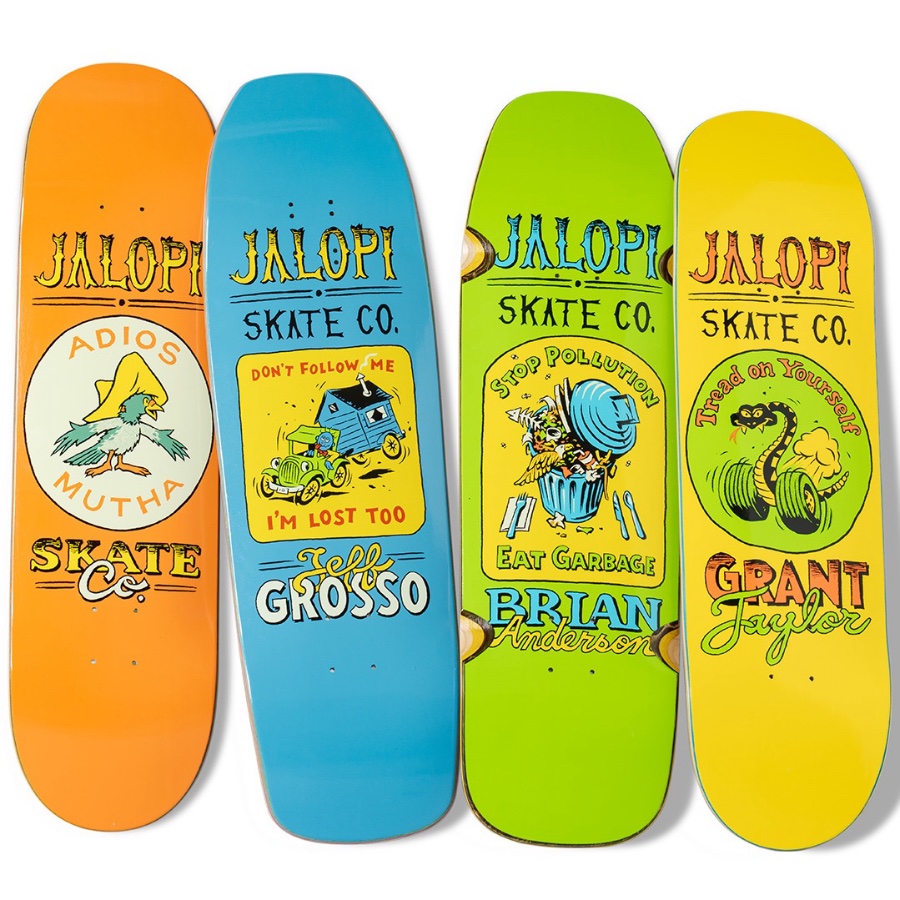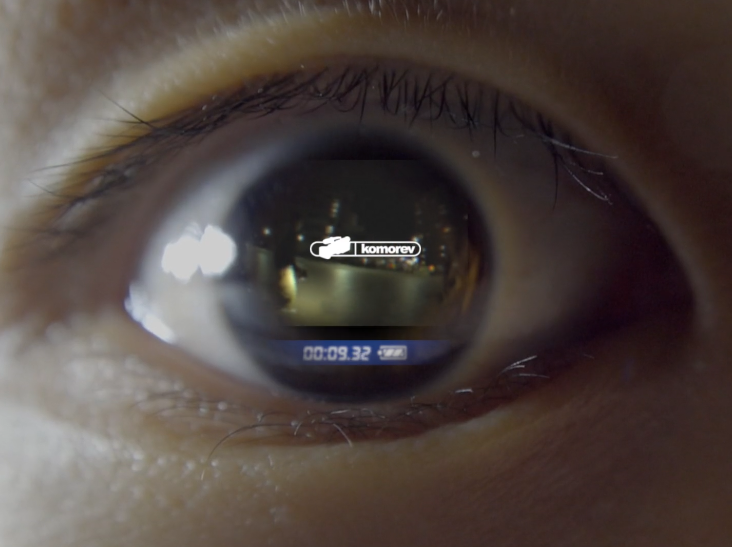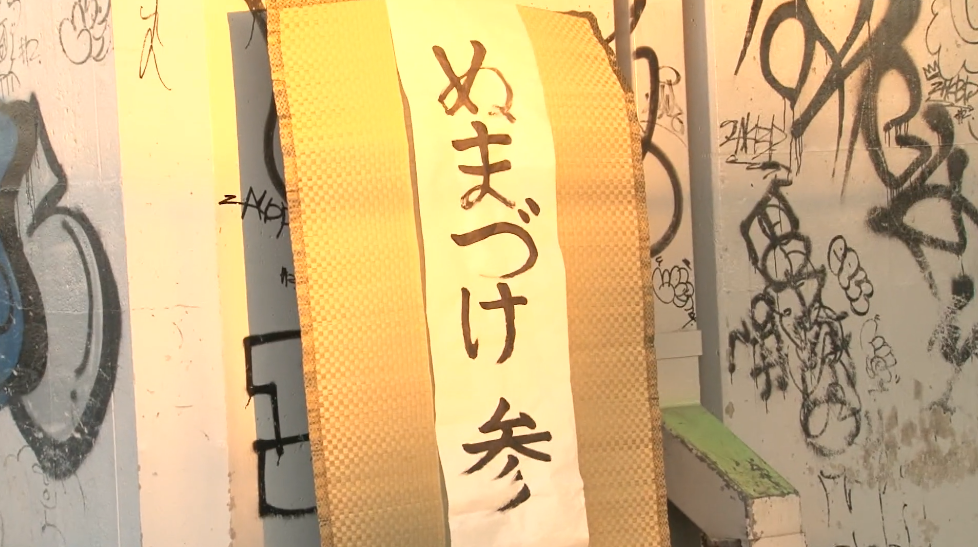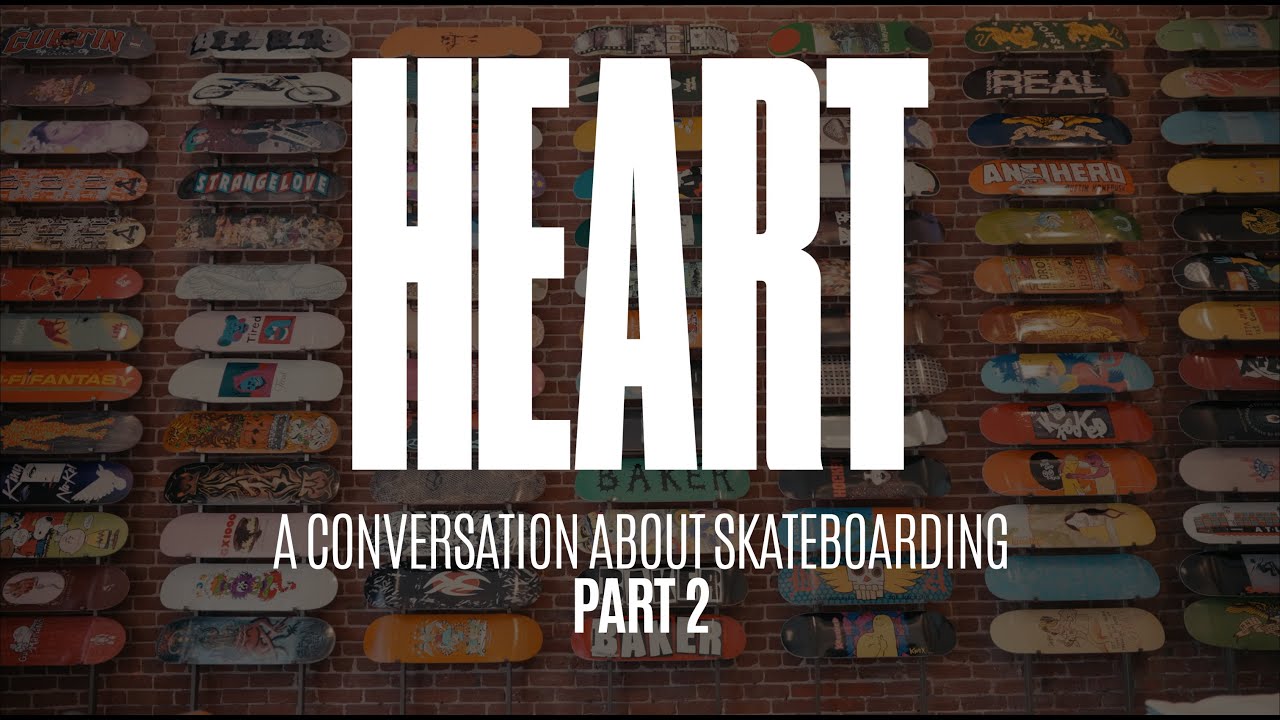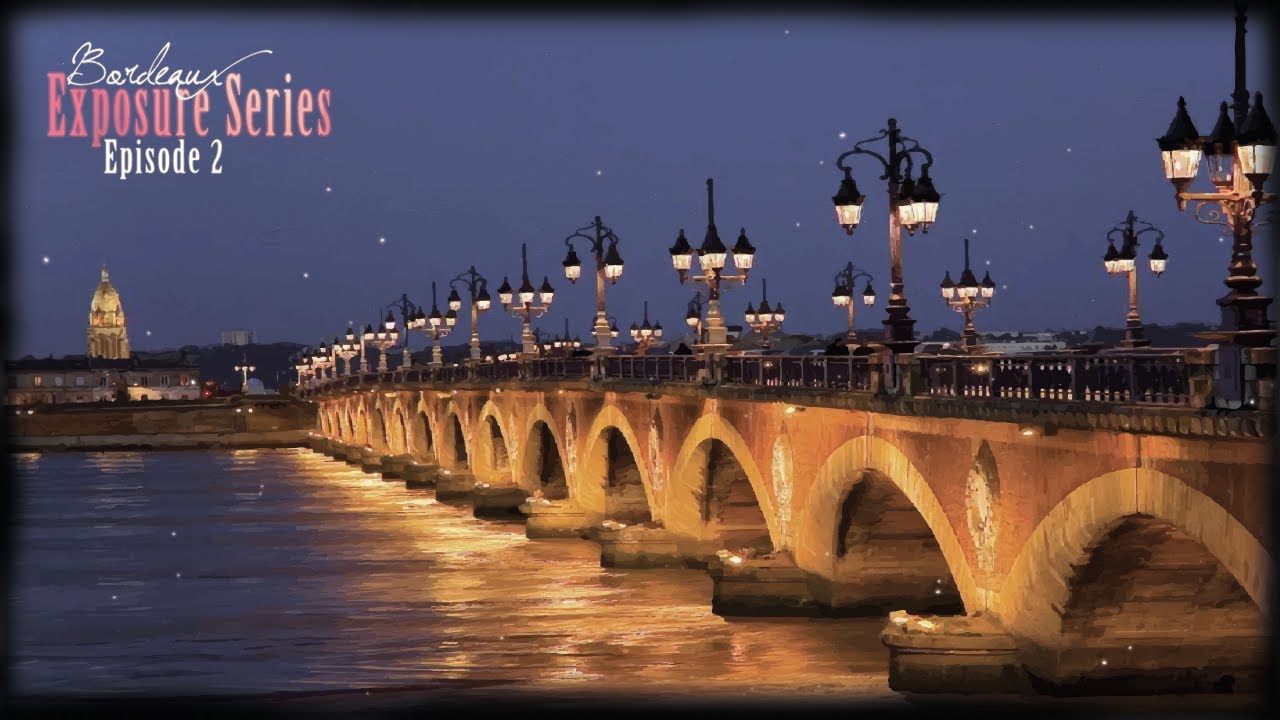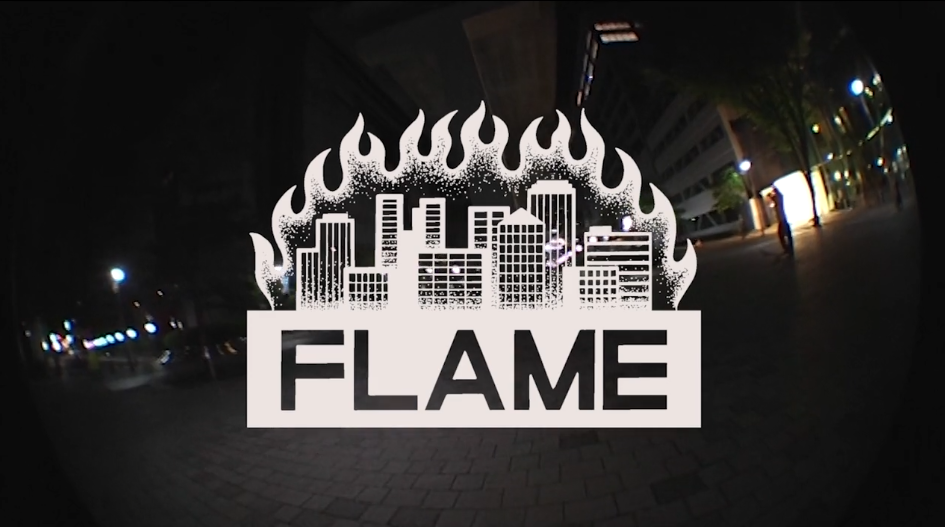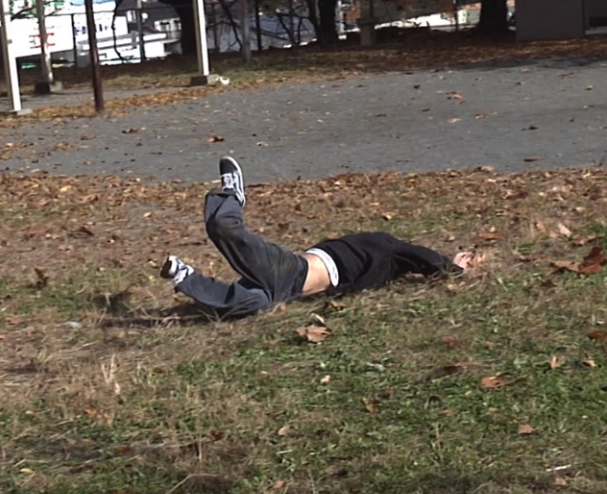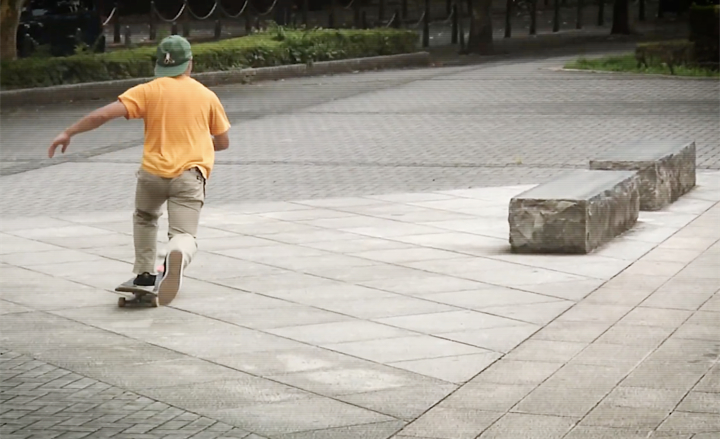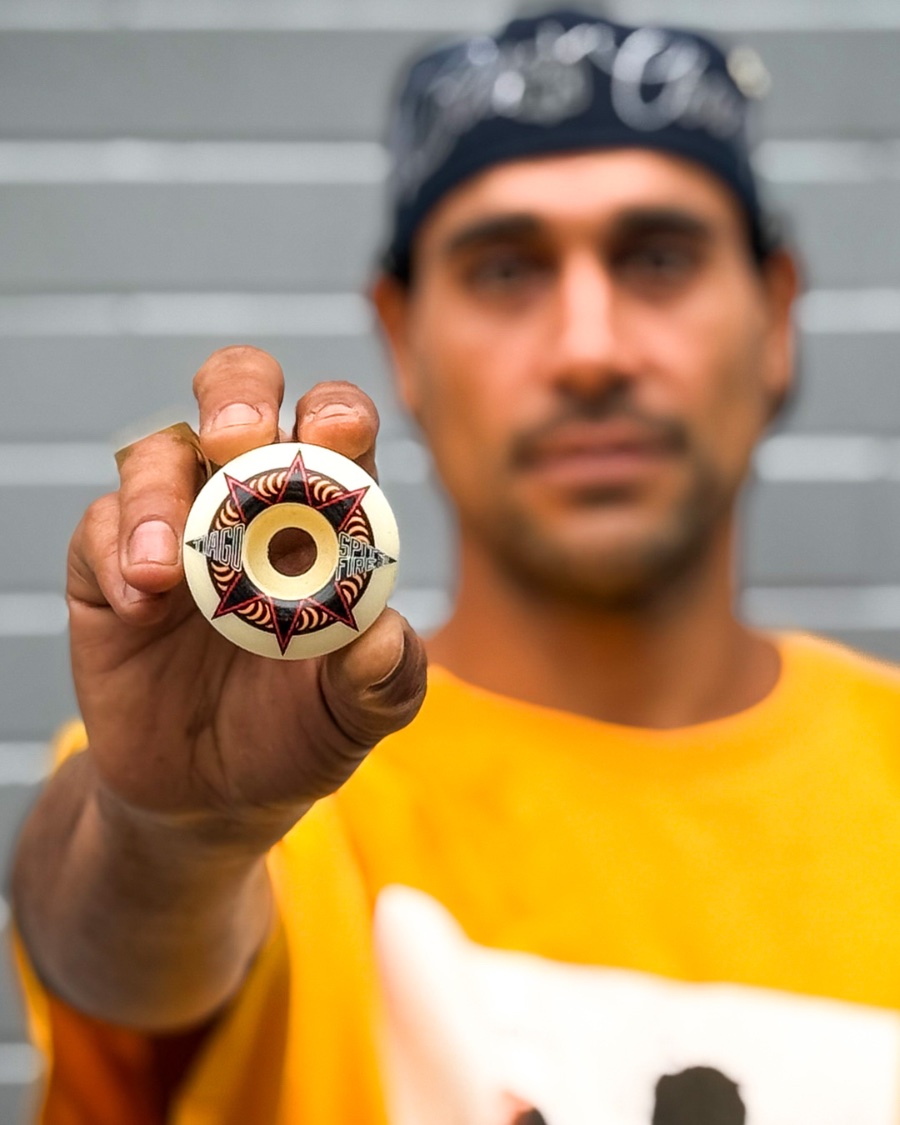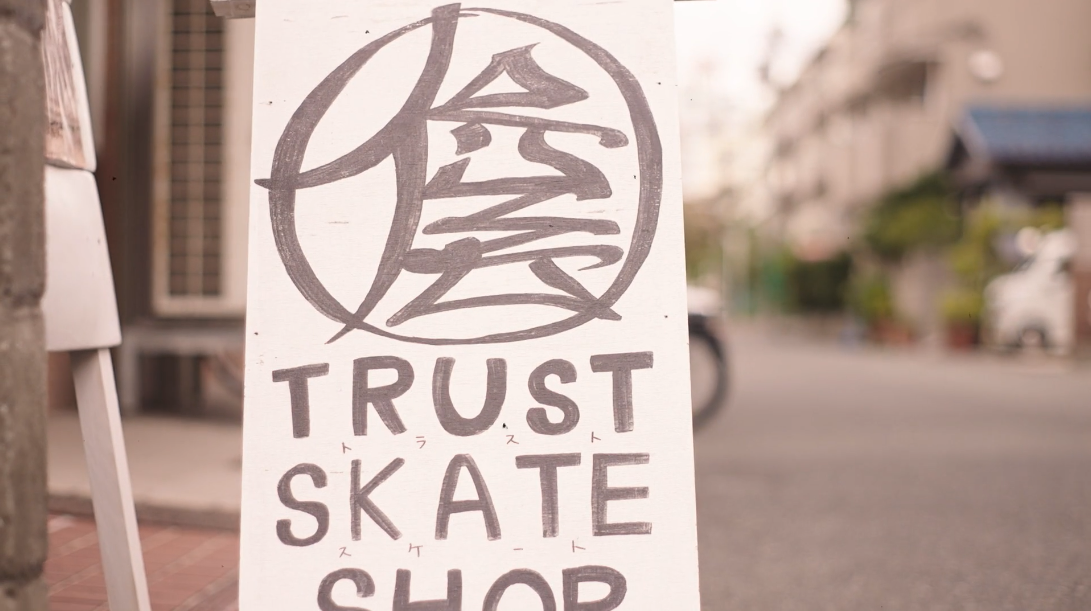ABOUT FILMING MORTA IN NYC AND HIS NEW VIDEO PROJECT
──COLIN READ×TAKAHIRO MORITA (ENGLISH)
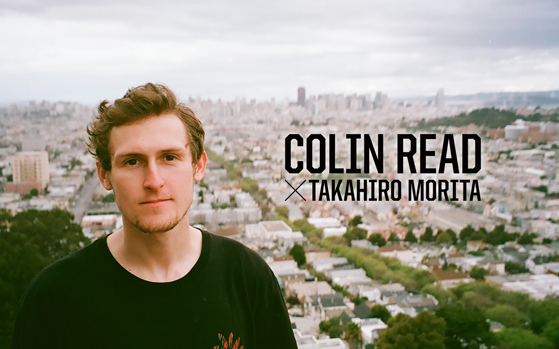
Colin Read is a filmmaker in Brooklyn NY. Here he talks about filming FESN’s Takahiro Morita in NYC, and about his recent work Tengu: God of Mischief, an independent skate video that featured super illegal type of skating from rooftop to subways.
Words by Colin Read Photos courtesy of Cole Giordano (Morita photos) & John Lindsay (Colin portrait)
FILMING MORITA
Filming Morita is like being in a school of fish. The lead fish suddenly turns right, and the fish behind it instantly turns with it, as if they are of the same mind. That is the mindset I tried to get into. Because that's how Morita skates; he skates straight ahead, full-push, and then unexpectedly he will change directions with an impossibly sharp turn. And you have to try to predict how he will move, and turn with him as soon as he makes the slightest indication of movement.
It's definitely a challenge; he's the most difficult person I've ever tried to film. The first time we ever skated together was after the Soleil Levant premiere in New York City. After the premiere, everyone was headed to the bar together. We were walking with Connor (Kammerer), Taeko (Morita's wife), and a few others toward the bar. But Morita said that he wanted to push through the streets with me, so I quickly told everyone we'd meet up in a few minutes, and I took out my camera and met Morita at the edge of the street. "Are you ready" he asked me. And then he was gone. He started pushing at full speed down Houston Street, and I followed him as best as I could, weaving through traffic. He crossed over onto the far side of a taxi, then cut right back at me, and right then I ran through a hole in the road and fell right into the taxi. But we kept going. We almost got hit by a few cars, but Morita didn't seem to notice, he just pushing and weaving, snake-style. It was crazy fun. I felt in my element; just pushing through traffic is my favorite thing.
Anyway, we ended up skating a lot longer than we had planned. We headed back toward where we thought the others would be, and eventually found Connor and the others. But-- "Where is Taeko?" She was gone! We felt so bad that we had left her behind; she didn't have a phone, and didn't speak much English, and we couldn't find her. We finally just went to the bar, and there was Taeko. Our friend Cole had seen her and realized she was lost, and brought her. So Taeko scolded us for leaving her, but she had a good sense of humor about it. She said she knew how Morita skated, and that there was no way to stop him. Sorry, Taeko!
Morita is old friends with Quim Cardona, so a few nights later, I called up Quim for a session. Quim, Billy Rohan, Morita, and I ended up meeting in the Lower East Side and skating around for a few hours, not really going for tricks, just cruising. It was awesome. Quim brought his dog, who towed him and Morita around like a sled-dog. We skated up to Astor Cube and had a classic session on the curbs and the base of the cube. Billy showed us how the cube can be used to make beats, and Quim busted out some freestyles. I have the footage of all this, but unfortunately, there's no sound--Billy accidentally broke the microphone earlier in the night! he footage is still great, though. You can see my short interpretation of al this footage in Tengu: God of Mischief, right before Kenji Nakahira's part.
Takahiro Morita footage filmed by Colin Read.
THE MAKING OF TENGU
I worked on Tengu for over two and a half years. In the beginning, I was just filming without any definite project in mind. That's how I work. I start with nothing in mind, and then as time passes, I see trends in the footage I am getting, similarities in lines, a visual theme that seems to be consistent in what I'm filming.
The one person that I really skated with consistently since the beginning of the video was Connor Kammerer. It shows, too; he's the only person who has a real first part in the video. Connor was my main partner during the whole process. He's an incredible skater, musician, and human being. He made the song himself that he skated to in the video. But other than Connor, no one really filmed a "full part." However, I like it that way; I think videos are more surprising and engaging when you don't know what to expect. When it's full part, then full part, then full part, it can become boring. It's more exciting when you never know what's coming.
I have my own theories about filmmaking, my own vision that I'm trying to make a reality. I think one of the most important parts of a video is the flow--the way parts go from one to the next. I don't really like it when a part just ends, and the next one begins, with no thought or sense being put into the connection. In my own videos, I don't like black screens and pauses between parts. (It can be fine to just have black between the parts, but only if the parts make sense to follow each other.) So with Tengu, I wanted to create something that flowed seamlessly from one section to the next. i didn't want people to necessarily think, "OK, this part is finished, now it will be the next part." I wanted it to be more of a journey that the person watching the video will follow--from the roofs, down to the streets, down into the subways, out into SF, blasting back to NYC, etc, etc. I wanted it to be more of a feeling, an expression. I don't know if I succeeded, but I followed this vision to the end.
To create the flow from city to city, I had a few filmers graciously help out with different sections--Zach Chamberlin filmed for the SF subway section, and Yoan Taillandier filmed for the Bordeaux pushing and metro section. They are both gifted filmers, and without them the video wouldn't be what it is.
In Japan, many people asked me: "Why did you call the video TENGU? Why did you choose a Japanese god?" To me, there are a few reasons. Tengu does what skaters do: he spreads chaos and confusion, annoys the powerful and arrogant, and changes the natural order of things. He strikes at night, making mischief. The Tengu can fly up above the buildings; he also dives beneath the mountains into the underground. He is above the buildings, and below the streets. It reminded me of the rooftop and subway skating sections in my video. Also, I am just heavily influenced by Japanese skateboarding, culture, and art, and I wanted to pay homage to that with my video. So to me, Tengu: God of Mischief was a perfect title.
San Francisco Subways section from Tengu: God of Mischief.
Colin Read
Skate filmmaker known to document underground skateboarding. His work includes: Mandible Claw, Mandible Claw 2: 561 to NYC, Tengu: God of Mischief, etc.
@mandibleclaw





